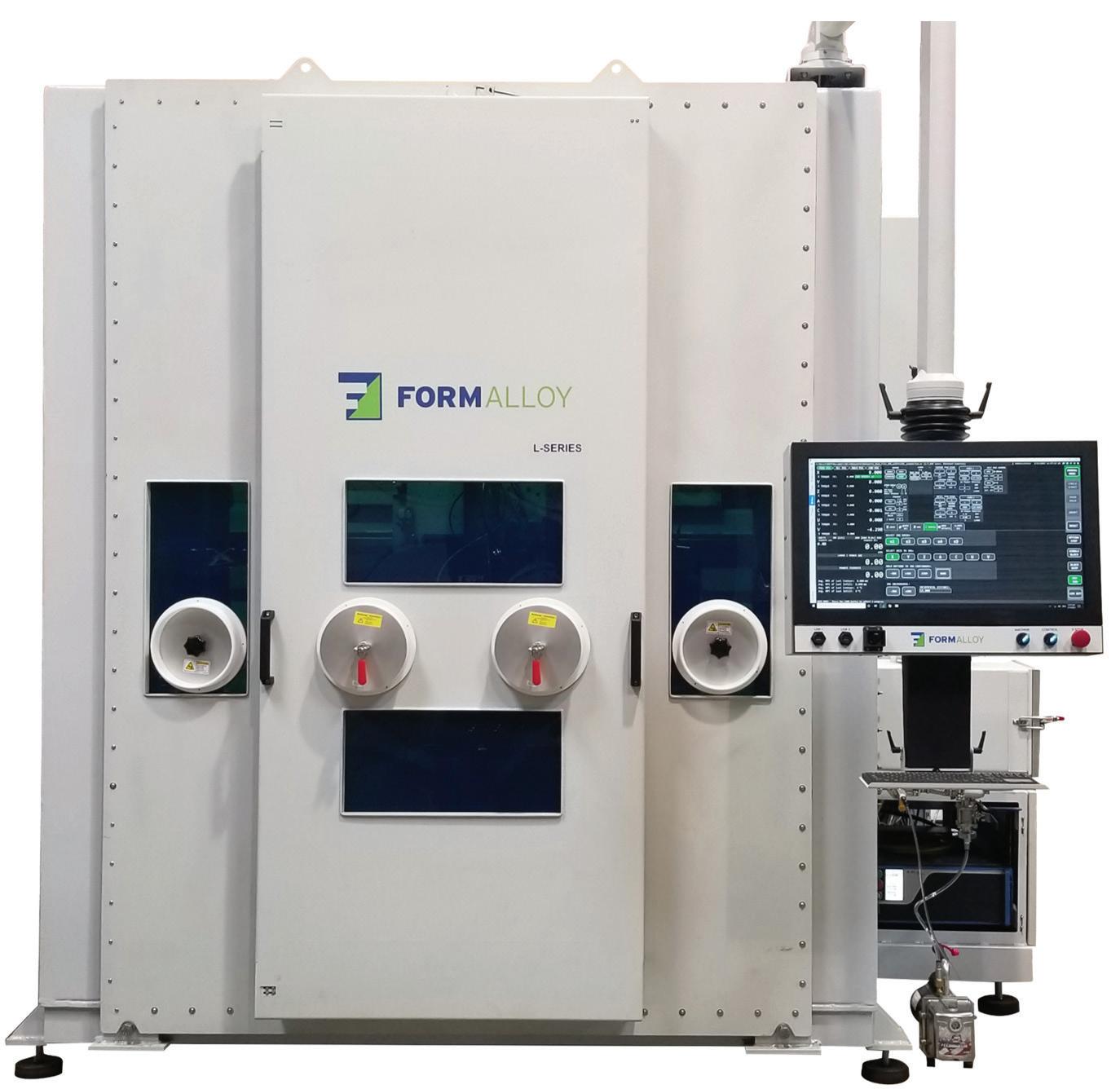
2 minute read
IT TAKES
intermediaries that open up access to data fields, such as process history, print temperatures or slicing software. MES providers exist to capture that data from the AM workflow, harnessing it to improve quality control, increase uptime and reduce costs. These – those in the industry could surely agree – are vital steps forward should the technology become the volume manufacturing tool many believe it can be.
As a result, 3D printing hardware OEMs have sought to align with these MES providers through strategic partnerships, such as the one between Solukon and Authentise, or Markforged and 3YOURMIND.
“Why do we have to partner with these guys? Because they are established companies whose core competency is [MES],” said Kai Witter, DyeMansion Chief Customer Officer. “Our core competency is industrializing post-processing and they need data. So, if we don’t do that, the production line of tomorrow will not happen, or it will take a long time.”
“MES and OEM cooperation means a shift towards a more flexible, scalable and individual manufacturing process design, all leading to a higher degree of process automation in the end,” added Solukon CEO/CTO Andreas Hartmann. “Data is key to achieve this and the only way to collect and evaluate process data in a sufficient way is cooperation.”
Threatening that cooperation is the fact that some don’t see eye to eye when it comes to establishing the terms of collaboration. Wegner claims that he and his company are not the only MES providers in the additive space resisting the charges OEMs place on partners looking for API access.
But the OEMs that do, have their reasons, Markforged Director, Software Project Management Doug Kenik told TCT.
Currently, Markforged is not a company that charges its MES partners upfront, owing to the fact it selects the collaborators it wants to work with, as opposed to having an open partner program. Through his time at Teton Simulation, however, he has dealt with companies who do require a fee to access their APIs. And there are multiple reasons for those charges to exist.
“If we were providing a service to the partner, there might be a consideration of charging,” Kenik explained. While at Teton, Kenik helped to secure a partnership with Ultimaker, which included API access and joint marketing, and a partnership with Stratasys, which included API access, as well as access to its sales channel and marketing content. The relationship with Ultimaker didn’t come with an upfront cost, but the one with Stratasys did.
“They’re providing services for those levels and that is worth something,” Kenik said. “It really depends on what you’re giving back to your partner [as to whether it’s justifiable to charge a fee]. The other aspect of it is if we had a formalized partner program, and we had 20 or 30 different partners, what you’re missing is quality control. If anyone has access to that, you run the risk of creating workflows and user experiences










